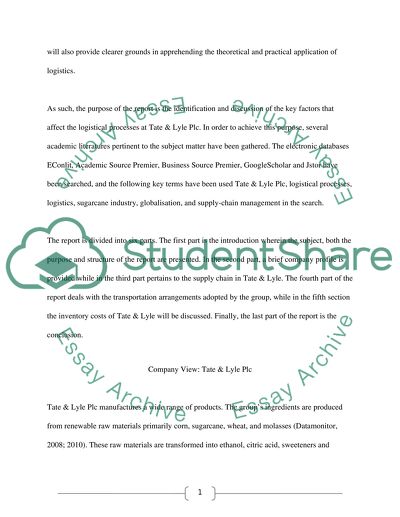Cite this document
(“Identify and discuss the key factors that influence the logistical Essay”, n.d.)
Retrieved from https://studentshare.org/environmental-studies/1419946-identify-and-discuss-the-key-factors-that
Retrieved from https://studentshare.org/environmental-studies/1419946-identify-and-discuss-the-key-factors-that
(Identify and Discuss the Key Factors That Influence the Logistical Essay)
https://studentshare.org/environmental-studies/1419946-identify-and-discuss-the-key-factors-that.
https://studentshare.org/environmental-studies/1419946-identify-and-discuss-the-key-factors-that.
“Identify and Discuss the Key Factors That Influence the Logistical Essay”, n.d. https://studentshare.org/environmental-studies/1419946-identify-and-discuss-the-key-factors-that.


